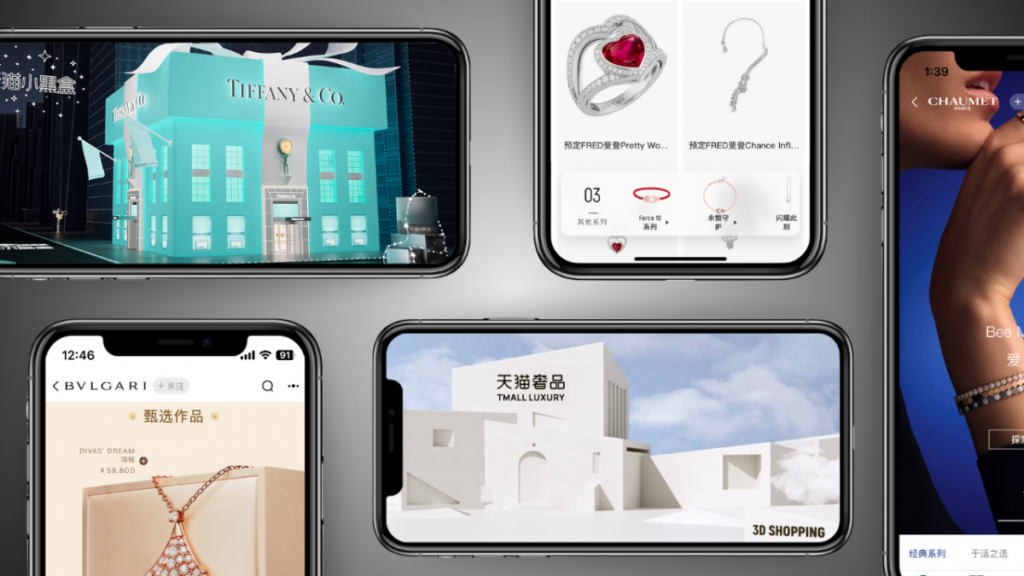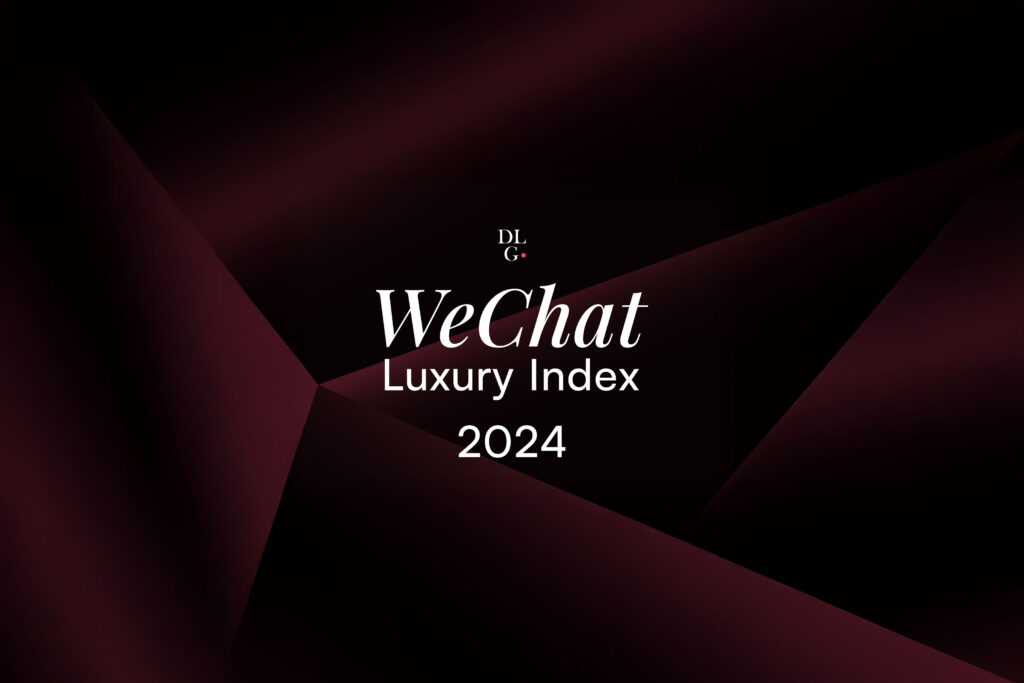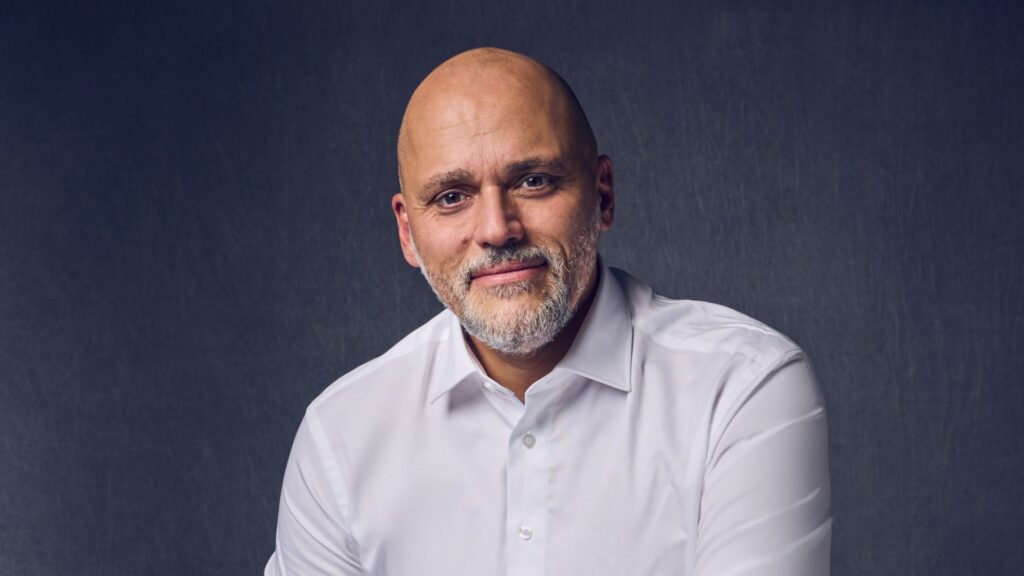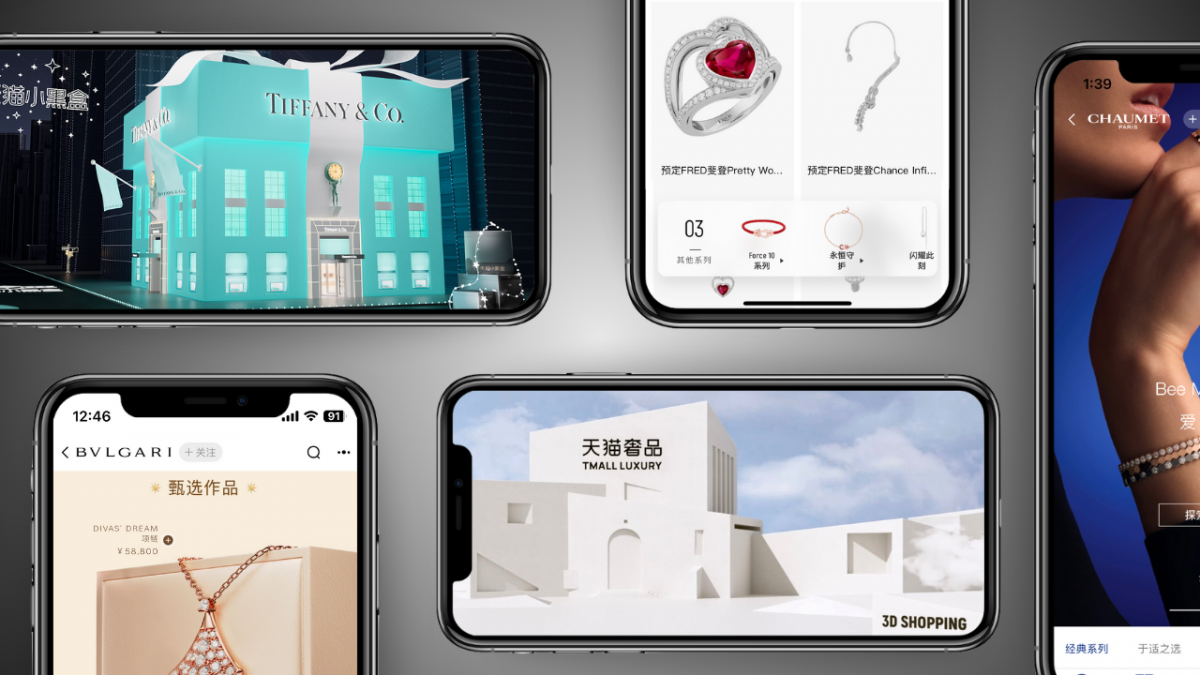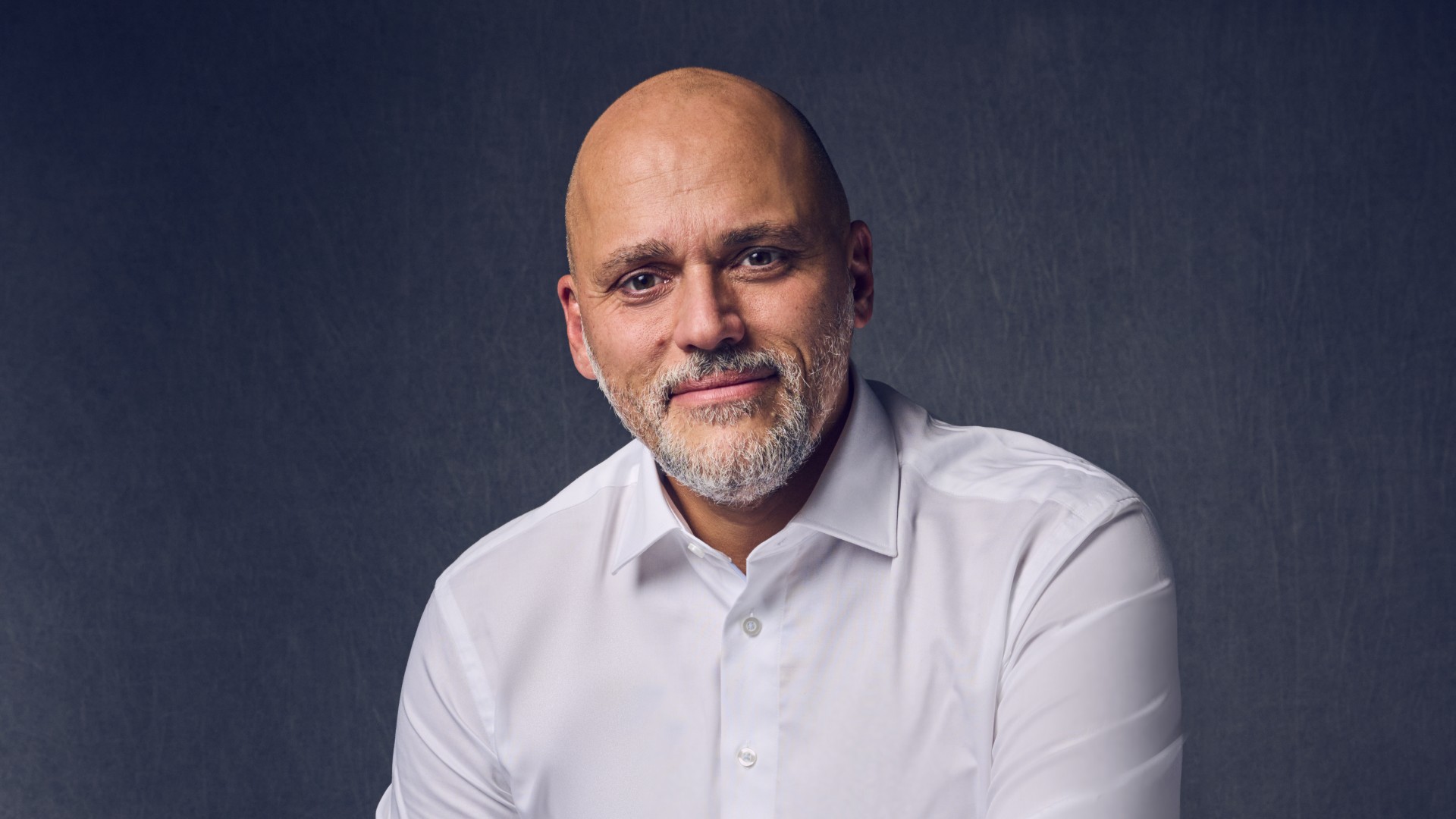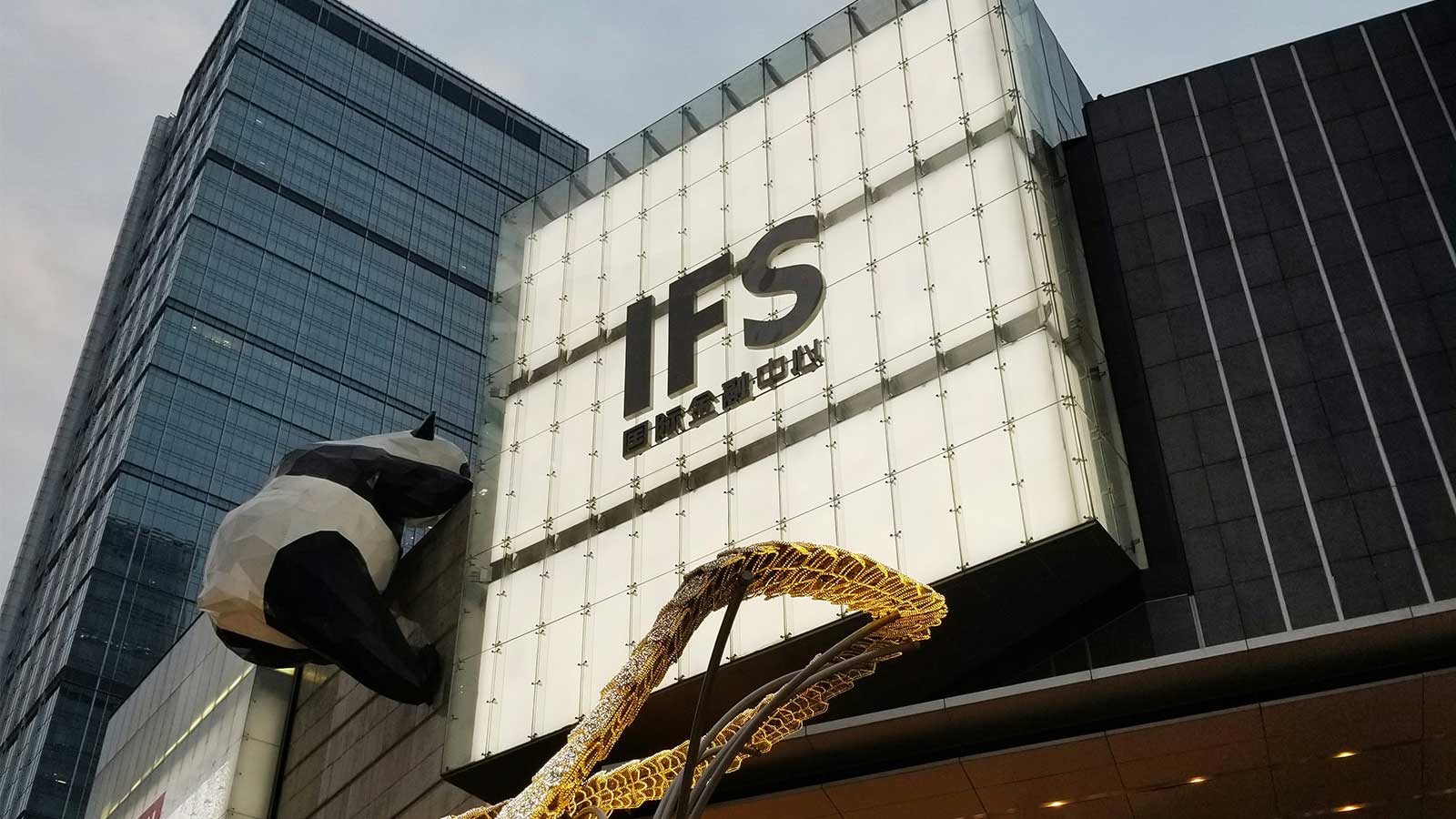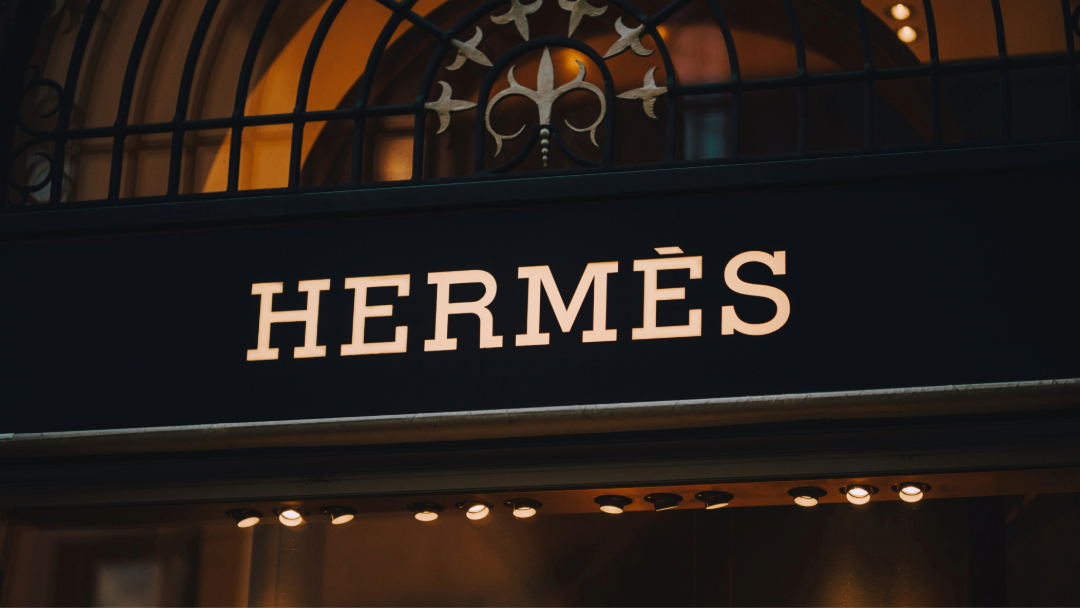The shocking departure last week of Gucci’s CEO Marco Bizzarri has left many questioning the future of the Italian fashion brand, which in the next few months will have to prove that the radical changes that its parent group Kering has embarked on will finally pay off and help rewrite yet another new chapter in its history, says Luxury Society Columnist Susanna Nicoletti.

What lies ahead for Gucci? In the past few years, the shining star of Kering has seen the departure of its long-time creative director Alessandro Michele and just last week; it announced that its CEO Marco Bizzarri, a well-seasoned luxury executive who was instrumental in its meteoric rise, was also leaving the company.
The news came after an acutely painful year of declining sales, resulting in its parent group Kering releasing a statement announcing a huge organisational shake-up, putting YSL CEO Francesca Bellettini in charge as one of its deputy chief executives, marking a new chapter for the group and the brand. She takes the reins at a pivotal moment, for the next chapter of Gucci comes with many obstacles.
A new creative director who has everything to prove during a difficult time. A radical signature style that, while hugely successful at its peak, will be erased once again. Reduced marketing and communications investment until a new brand path emerges. All of this is in a new world of fashion that, in a normal reaction to Alessandro Michele’s vision of maximalism, is searching for “quiet luxury.”
What Gucci needs to aim for is longevity and timelessness and a revitalisation with staying power. It has relied for too long on the combination of power couple after power couple and continuously refreshing its brand legacy for the sake of business growth. This time around, the changes it needs to make, need to really consider its long-term brand equity.

Credit: Photo by Gpautou. Courtesy.
The Many Eras of Gucci
What Bellettini faces is an uphill challenge. Gucci lacks clear and powerful leadership. It lacks brand vision. Deciding to place such personal points of view on the brand and the deplorable decisions to erase its past at every leadership change has put the brand at serious risk.
When a new brand image is established, will it work? How will markets and the press react? And its customers? Does anybody still believe in Gucci after all that has happened? Has Gucci lost its soul forever?
Let’s rewind back to when Gucci was established as a leather goods brand in Florence, Italy, by the eponymous family in 1921. During the 20th century, it became an established company making luggage, bags and accessories for international globetrotters and in the 60s and 70s, it was part of the Italian Dolce Vita, where VIPs, actors and actresses and wealthy customers were its best, and most loved brand ambassadors.
Among the most iconic products of this period were the loafers, the Kelly bag (inspired by the Princess of Monaco, Grace Kelly) and the Flora scarf. It was a very precise and distinctive brand beloved by customers and celebrities.
As with most family businesses, there was some friction when the handover to the next generation happened in the 80s and the 90s when Maurizio Gucci became the head of the brand and decided to sell the company to Investcorp, the Bahrain-based investment fund, after a few years.
In the meantime, Dawn Mello (previously fashion director of Bergdorf Goodman) was hired as vice-president and chief designer and started a deep rework on collections, distribution and to recreate the aura of exclusivity around the brand. She moved back the headquarters from Milan to Florence, where the family started the business and the brand was deeply rooted.
Dom and Tom
As a further step, she hired a young, talented Tom Ford to design the Gucci collections in 1995.
With Domenico De Sole as CEO and Tom Ford as the creative mind of the brand, the global relaunch was put in place, and Gucci’s re-birth became a case study for its smart strategy and a huge success.
At the end of the 90s and the beginning of the 2000s, Gucci faced a clash of the titans of who wanted to take control: LVMH headed by Bernard Arnault, and the Pinault family both tried to take the reins of the company. The Pinault family, supported by the duo Dom and Tom, won the war and became the newly developed Gucci Group’s new owner.
But, at the end of 2003, De Sole and Ford were ousted from the group they contributed to. And after a short time, when a trio of designers were put in internal competition with each other (Facchinetti, Ray and Gianni, former right arms of Tom Ford), Frida Giannini was elevated to the throne and appointed Gucci’s new creative director, and was given such huge power that her request of moving the creative headquarters to her hometown Rome was accepted with very little discussion or whether it mattered strategically to the company.
Under Giannini, Alessandro Michele (her right arm since when they worked at Fendi with Silvia Venturini) gained a position of power inside the company, and they hired lots of people from their Roman inner circle for PR, celebrities and design roles.
However, the impeccable organisation that Mello and De Sole implemented through their recruitment of indisputable and international professionals began to creak, and this became one of the weaknesses of Gucci and the Gucci Group, which evolved into PPR and then Kering.
Power Coupling
In 2008, Patrizio Di Marco was appointed CEO of Gucci. And in 2011, Di Marco and Giannini announced that they had been a couple for over two years already. A power couple, indeed. For a group listed on the stock exchange.
Di Marco’s strategy for Gucci was to elevate the brand thanks to glamorous campaigns developed by a Roman agency that was very close to Giannini from her years she spent at Fendi, to super projects with celebrities and directors such as David Lynch, impressive collections and shows and also corporate social responsibility projects like Chime for Change.
They also launched the Gucci Museum in Florence, yet there was no mention of the geniuses of the brand, Dawn Mello and Tom Ford, and no celebrations for these two key fashion directors responsible for the rebirth of Gucci.
But after a few years, the business growth stalled, and the power couple was destined to oblivion because their close relationship didn’t help them see the path to be taken safely within the company.
Not many tears fell when they were asked to leave. Not even the ones of their inner circle that pushed Giannini’s right arm, Alessandro Michele, at the helm of the brand as a creative director under the management of Marco Bizzarri. Another intertwined power couple was born.
While Giannini was more prone to further develop the Tom Ford era (even if that meant erasing his work from the brand history) in a less sexy and outrageous and more hippie-chic style, Alessandro Michele (who legend says developed the first collection in just a few days before the first Gucci show, while others think that he worked a lot and for a long time to replace Giannini) disrupted the Gucci style completely and reinvented the brand like a DJ remixing old styles and vintage ideas with a touch of obsession for maximalism and oddities.
It is true that Michele began his tenure with a bang when he introduced fur mocassins down the runway, paving the way for ugly-not-so-chic fashion. He jumped from fragrances to collection launches in real cemeteries to severed heads on the catwalk, to the celebrations of the Shining twins and a close relationship with his doppelganger Jared Leto exhibited on the red carpets of the globe.
Michele-mania spread all over the world but especially in China, which rapidly became a strategic market for the brand and the group, selling new collections non-stop and new collaborations from Doraemon to North Face in an unstoppable ride to guarantee double-digit growth to avid customers and shareholders.
Michele successfully developed his idea of fashion within the business, including using the Ken Scott print archives and the pussy bow shirts for men to the murals in Corso Como, the fashion district in Milan. The brand expansion and the business explosion were the target agreed with Pinault, Bizzarri, and Michele served it very well. From flagship stores to outlets in the middle of the Tuscan countryside, store concepts exuded Michele’s maximalist and tramp vision of fashion.

Credit: Courtesy of Gucci.
Where Is Gucci’s Soul?
But apart from the bamboo, the Morsetti, and the Flora, where was Gucci? And, for how long this crazy ride of copious collections delivered by mass-market brands like Adidas could last? Was the double-digit growth an infinite progression?
Nobody believed that, especially inside the company. It was clear that such a phenomenon would fade as quickly as it exploded. It was a matter of time.
And then it happened. The pandemic and lockdowns, the saturation of the market with the same concept and style repeated on a loop in an obsessive way, and the Chinese market slowdown resulted in conditions more akin to a normal peak of growth. Double-digit no more.
Michele left in 2022, probably because he was so stuck in his vision that he could not evolve his style further, and Bizzarri’s departure came recently.
And despite all the signals of a forthcoming earthquake, not only at Gucci, let us not forget Balenciaga’s downhill slide since last year’s scandals, Kering was not prepared with a plan B for Bizzarri until they faced the hard truth that Gucci’s magic had evaporated and that the market’s expectations were about an impossible growth trend. The fuel was finished, but the expectations were still about winning the race.
Today, it lacks executives ready to take over from the inside. Gucci is not an easy machine: it has three headquarters in Italy and different power centres which makes the management of the company not very well-oiled, very tangled and tricky.
And while Bellettini is an exceptional executive: she has proved to be a great manager at Yves Saint Laurent, helping make the efforts of Hedi Slimane successful, and she has also been incredible in pushing a relaunch that was already successful and, with her amazing merchandising eye, achieving the targets set by the group. She cannot be the only solution.
Yes, she has an excellent fellow deputy executive in Jean-Francois Palus on the financial side. But the efforts to save a luxury brand and a luxury conglomerate cannot rest on individuals alone. It must be a group effort. It must be everyone inside the brand willing to move forward into a new chapter of timelessness and longevity. It must be because they are willing to fight for its soul.


